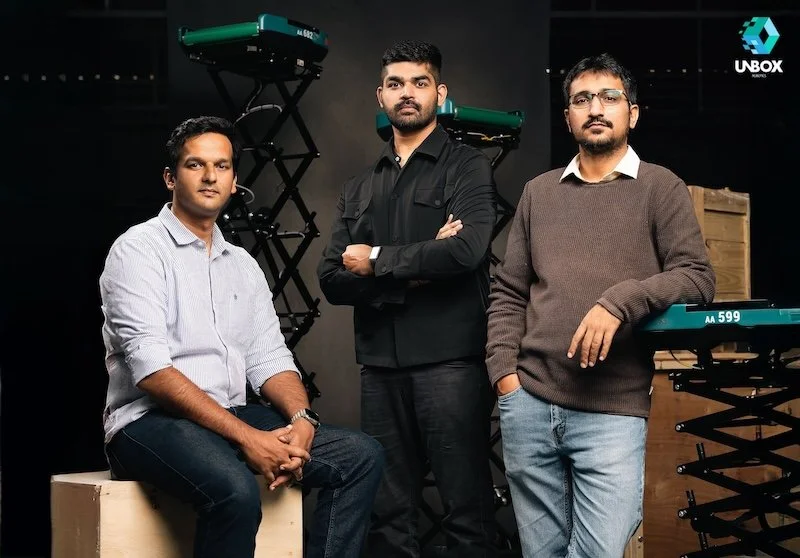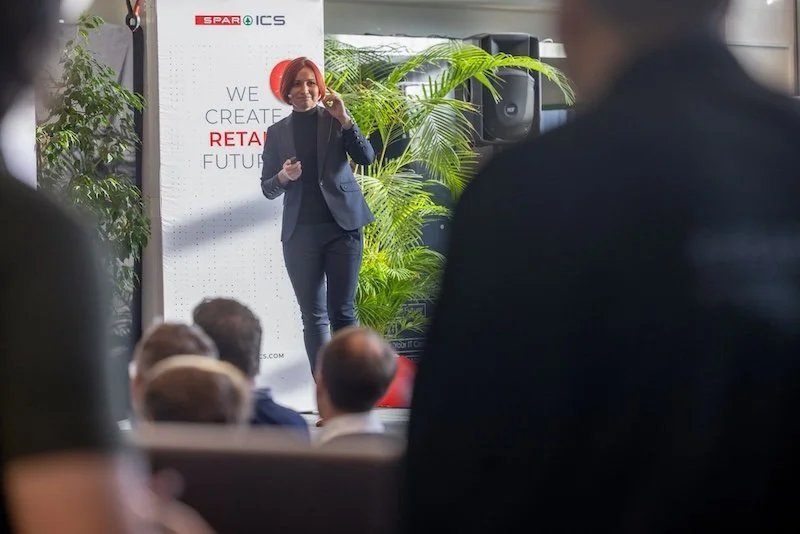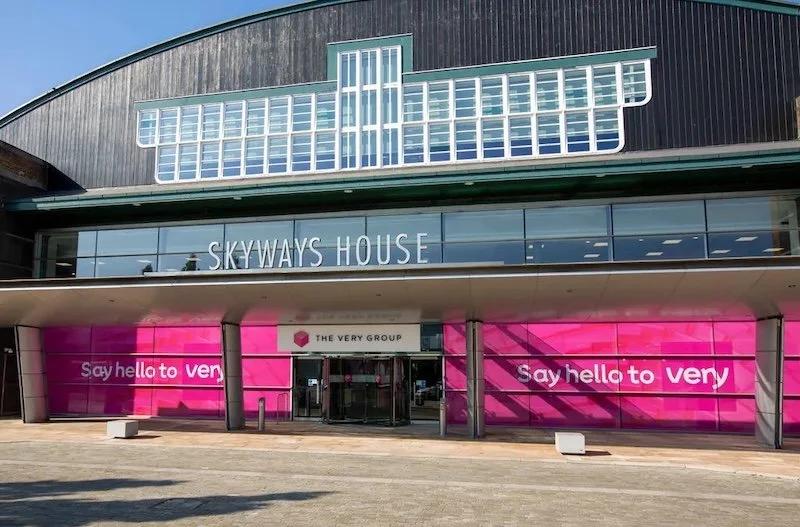Factors driving growth in the UK contact lens retail market
The UK contact lens retail market is experiencing a notable surge in growth, reflecting a broader trend towards increased adoption and usage of contact lenses.
A recent report from the Association of Contact Lens Manufacturers (ACLM) reveals that the size of the UK contact lens market reached £360 million in 2023, up 5.6% from 2022.
The ACLM also found that there are currently more than 3.9 million contact lens wearers in the UK. Out of the 32 countries surveyed, the UK market is the largest, accounting for around 19% of contact lens wearers.
This growth trajectory is fuelled by a combination of rising consumer demand and innovations within the industry. Below, we'll take a closer look at the key drivers behind this expansion.
Rising myopia rates
One of the primary factors propelling the growth of the contact lens market in the UK is the increasing prevalence of myopia or nearsightedness. It is thought to affect around one in three people in the country.
In addition, according to a study shared by Science Daily, there's been a greater increase in adult-onset myopia compared to childhood-onset myopia, as well as a spike in low myopia compared to high myopia.
More specifically, researchers found that myopia frequency increased over time, from 20.0% in the oldest cohort (born 1939-1944) to 29.2% in the youngest cohort (born 1965-1970).
This surge in myopia cases is creating a substantial demand for corrective eyewear, including contact lenses. To meet this demand, the NHS offers optical vouchers for glasses and contact lenses to eligible individuals.
The value of a voucher ranges from £42.40 to £233.56, depending on the strength of the lenses required.

Greater accessibility through online channels
The rise of e-commerce has revolutionised retail sectors globally, and the contact lens market is no exception. The convenience and flexibility presented by online shopping have transformed consumer behaviours, facilitating easier access to a wide array of products.
As we discussed in a previous article, the global health crisis accelerated the adoption of online retail. It's now a dominant channel for purchasing various goods, including contacts.
Contact lens retailers have adeptly pivoted to capitalise on this trend, with many now operating primarily online. Lenstore, a notable player in the UK market, exemplifies this shift. This retailer offers a comprehensive range of contact lenses online, including daily, monthly, and toric lenses from top brands like Acuvue, Biofinity, and Soflens.
The platform also boasts convenient features such as user reviews and next-day delivery, making it simpler for consumers to purchase contact lenses from the comfort of their homes. This enhanced accessibility is a critical driver of market growth, as it broadens the customer base and increases overall sales.
Advancements in contact lens technology
Lastly, innovations in materials and features are making contact lenses more comfortable, versatile, and effective, casting a net among a wider demographic.
For instance, Alcon's Total30 multifocal contact lenses represent a major leap forward in lens technology. Launched recently, the Total30 lenses are designed for individuals with presbyopia, a condition that commonly occurs in adults in their early to mid-40s.
Per a press release from Alcon, many lens wearers stop using contacts after age 40 due to dryness and discomfort. But thanks to the lenses' advanced water gradient technology, which provides superior moisture and comfort for up to 30 days of use, folks from this demographic can continue to wear contacts.
Ultimately, advancements like this expand the market by appealing to new audiences.
As these factors continue to converge, the UK contact lens market is posed for sustained growth, offering significant opportunities for retailers and manufacturers alike.
Visit the Retail Tech Innovation Hub website to stay updated on the latest industry news and trends.






























Continue reading…